As I am currently in a war zone, I don't have many options for cabling.
I found this clothesline (steel core plastic wire rope) that appears to be one mm of diameter (steel core diameter.) 13 meters of it measured 7 ohms resistance.
Edit: It is 3.8 Ω and not 7. The first multimeter test lead probes had 2-4 resistance when shorted. A slightly better multimeter had 0.5 Ω when shorted. Both multimeters gave 3.8 after subtracting multimeters own resistances and scratching the wire ends.
- Can it carry AC 120 or 240 volts, and if so, for what distance?
- How many of it (doubling it) can carry DC 18V and 15 A from a solar panel arrays 10 to 15 meters away from the inverter (charge controller)? (20 W panels with open circuit voltage of 21 V).
This is just temporary solution and I hope only for few days or weeks. Air strikes blew up some transformers and high voltage lines and our concrete homes are not designed to be habitable without AC power.
Edit:
Its now connected to a c32 breaker (the smallest I could find) and a breaker mounting brackets cut from a laptop battery cover. The wire is inserted in plastic bottle caps as wire wall clips and a tow heads plug is inserted to the other end (to be upgraded to three heads) because now polarity is important I think.


I will connect it to a manual changeover switch when adding the solar oart after finishing the battery but that is another longer story (Lithium battery without BMS) but I may be able to reuse old laptop batteries BMS (I have more than 20 batteries): 
The solar system is only for a medium 100 W Samsung fridge and the mains are for the fridge plus two ceiling fan, one swamp cooler and three LED lights.
